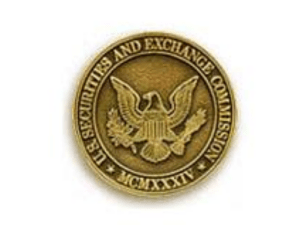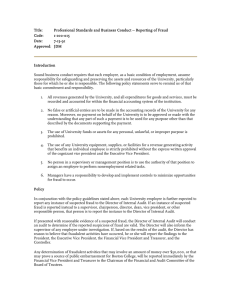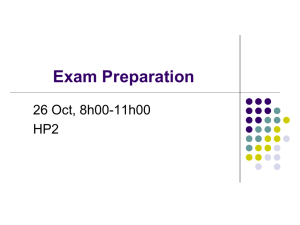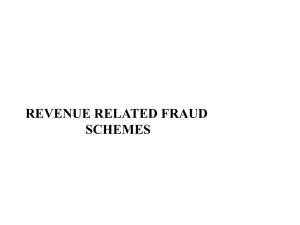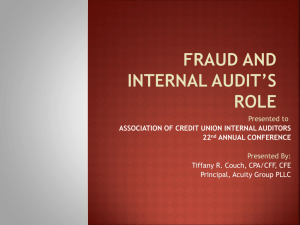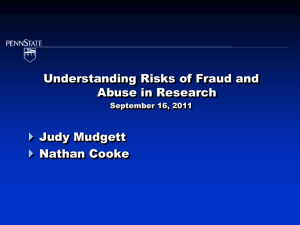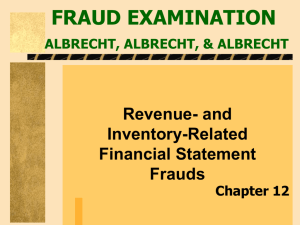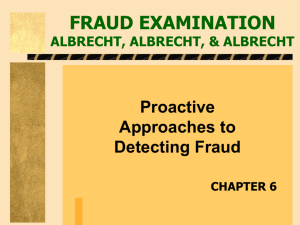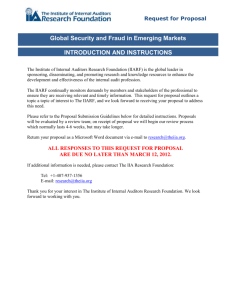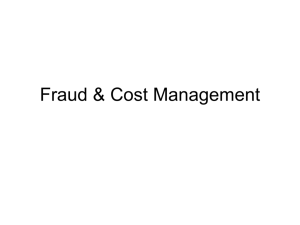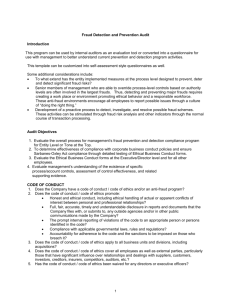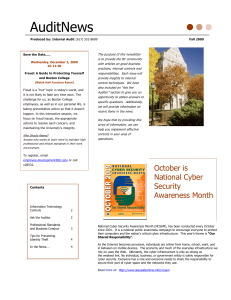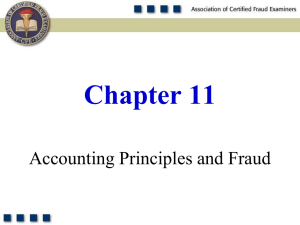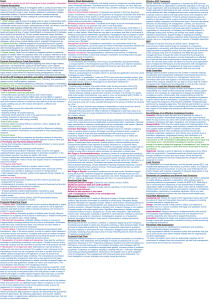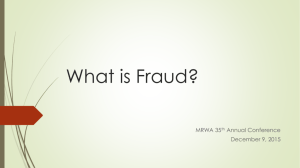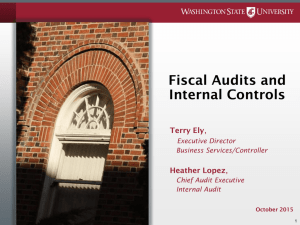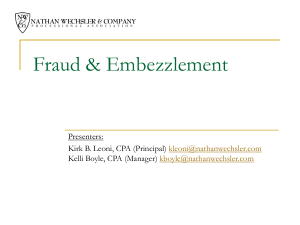Accounting for Merchandising Businesses
advertisement
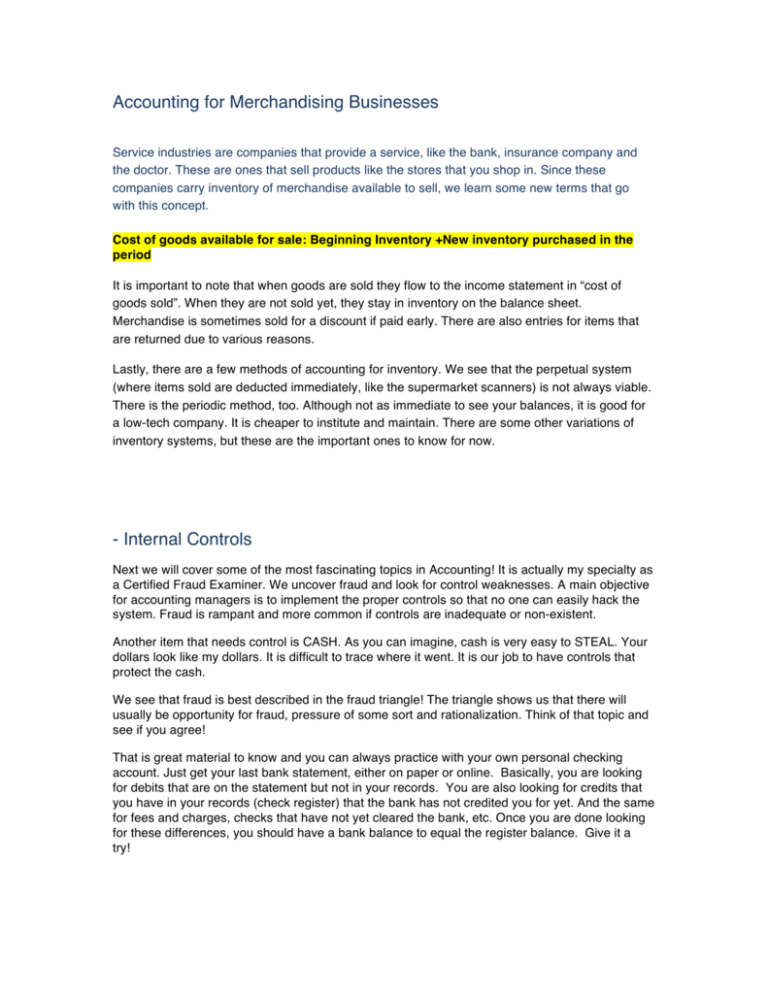
Accounting for Merchandising Businesses Service industries are companies that provide a service, like the bank, insurance company and the doctor. These are ones that sell products like the stores that you shop in. Since these companies carry inventory of merchandise available to sell, we learn some new terms that go with this concept. Cost of goods available for sale: Beginning Inventory +New inventory purchased in the period It is important to note that when goods are sold they flow to the income statement in “cost of goods sold”. When they are not sold yet, they stay in inventory on the balance sheet. Merchandise is sometimes sold for a discount if paid early. There are also entries for items that are returned due to various reasons. Lastly, there are a few methods of accounting for inventory. We see that the perpetual system (where items sold are deducted immediately, like the supermarket scanners) is not always viable. There is the periodic method, too. Although not as immediate to see your balances, it is good for a low-tech company. It is cheaper to institute and maintain. There are some other variations of inventory systems, but these are the important ones to know for now. - Internal Controls Next we will cover some of the most fascinating topics in Accounting! It is actually my specialty as a Certified Fraud Examiner. We uncover fraud and look for control weaknesses. A main objective for accounting managers is to implement the proper controls so that no one can easily hack the system. Fraud is rampant and more common if controls are inadequate or non-existent. Another item that needs control is CASH. As you can imagine, cash is very easy to STEAL. Your dollars look like my dollars. It is difficult to trace where it went. It is our job to have controls that protect the cash. We see that fraud is best described in the fraud triangle! The triangle shows us that there will usually be opportunity for fraud, pressure of some sort and rationalization. Think of that topic and see if you agree! That is great material to know and you can always practice with your own personal checking account. Just get your last bank statement, either on paper or online. Basically, you are looking for debits that are on the statement but not in your records. You are also looking for credits that you have in your records (check register) that the bank has not credited you for yet. And the same for fees and charges, checks that have not yet cleared the bank, etc. Once you are done looking for these differences, you should have a bank balance to equal the register balance. Give it a try! ** Video Alert** Here is a good video to illustrate this! Copy/Paste into your browser. http://www.youtube.com/watch?v=EO5Dp9eNpE&list=FLRdNV_L3nGyG8QdcTYFwKHw&index=14&feature=plpp_video We end with the audit function. Of course after learning internal controls, we know that the auditors cannot be far behind. Have you ever been through an audit? An examination? If so, was it with the government? (examples: IRS audits, State, Federal Agencies). Or was it an internal auditor hired by your company? If not, you will certainly come across a time that you will be. And if you continue in Accounting, there are exciting careers in Audit. Many auditors get to travel the country and/or the world! Enjoy your week! Debra Touhey, MSA, CFE Reference Edmonds, T. O., & Tsay, B. (2012). Survey of Accounting (3rd edition ed.). New York: McGrawHill Irwin.





